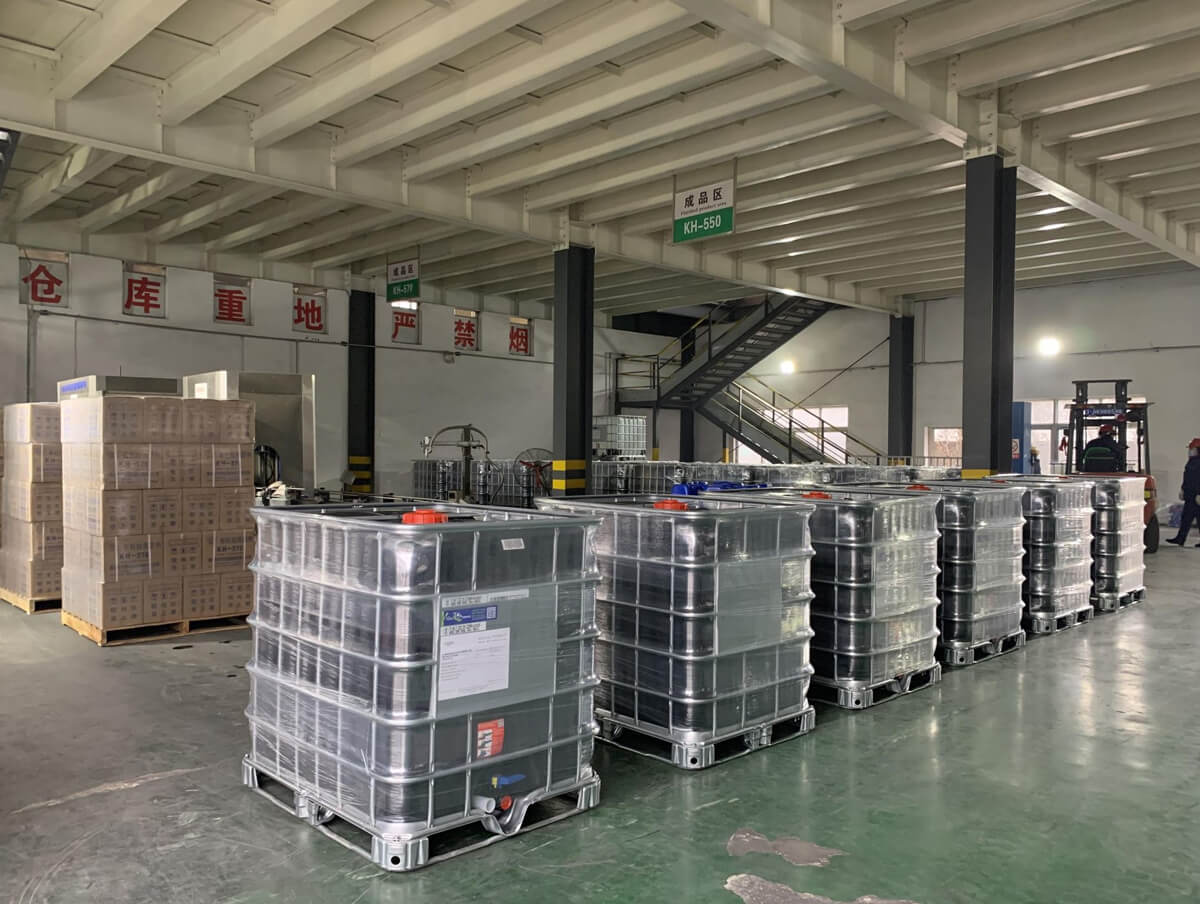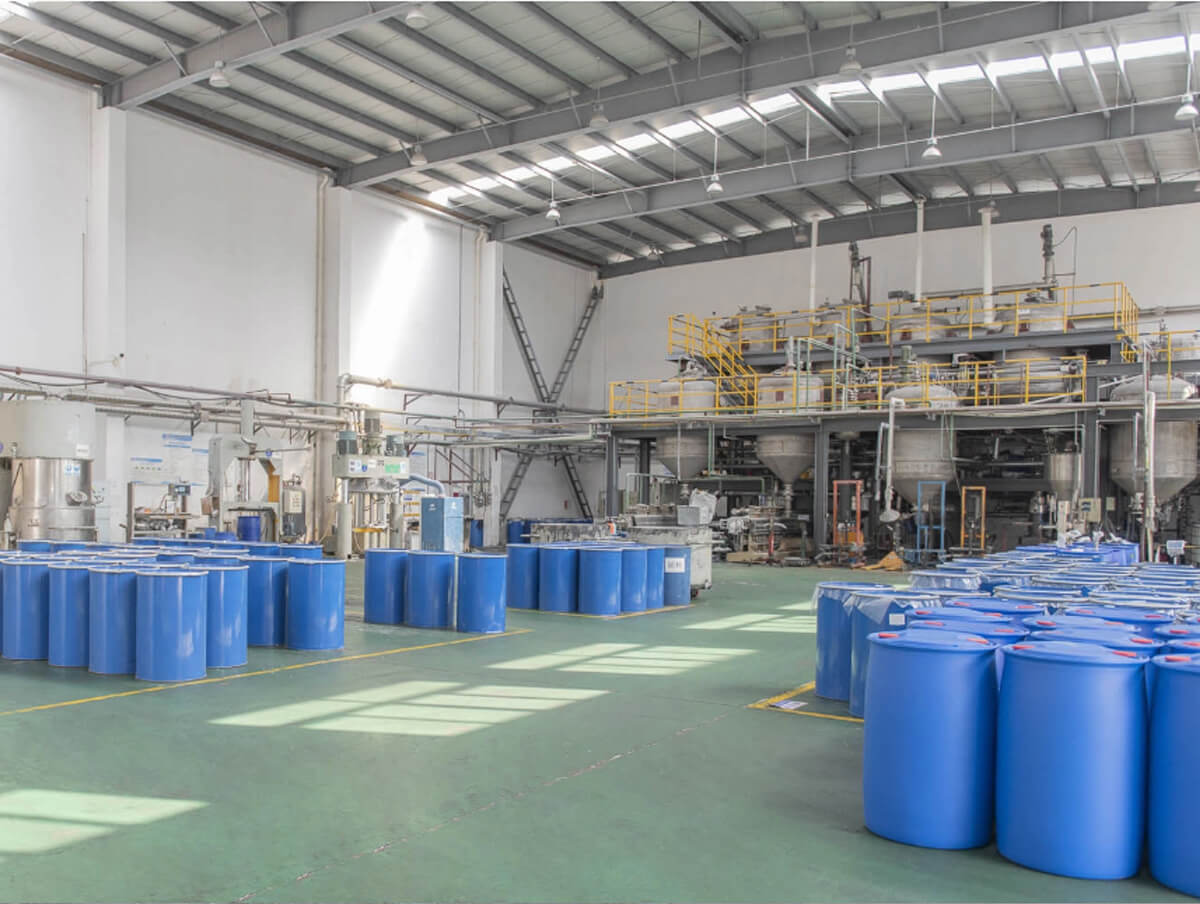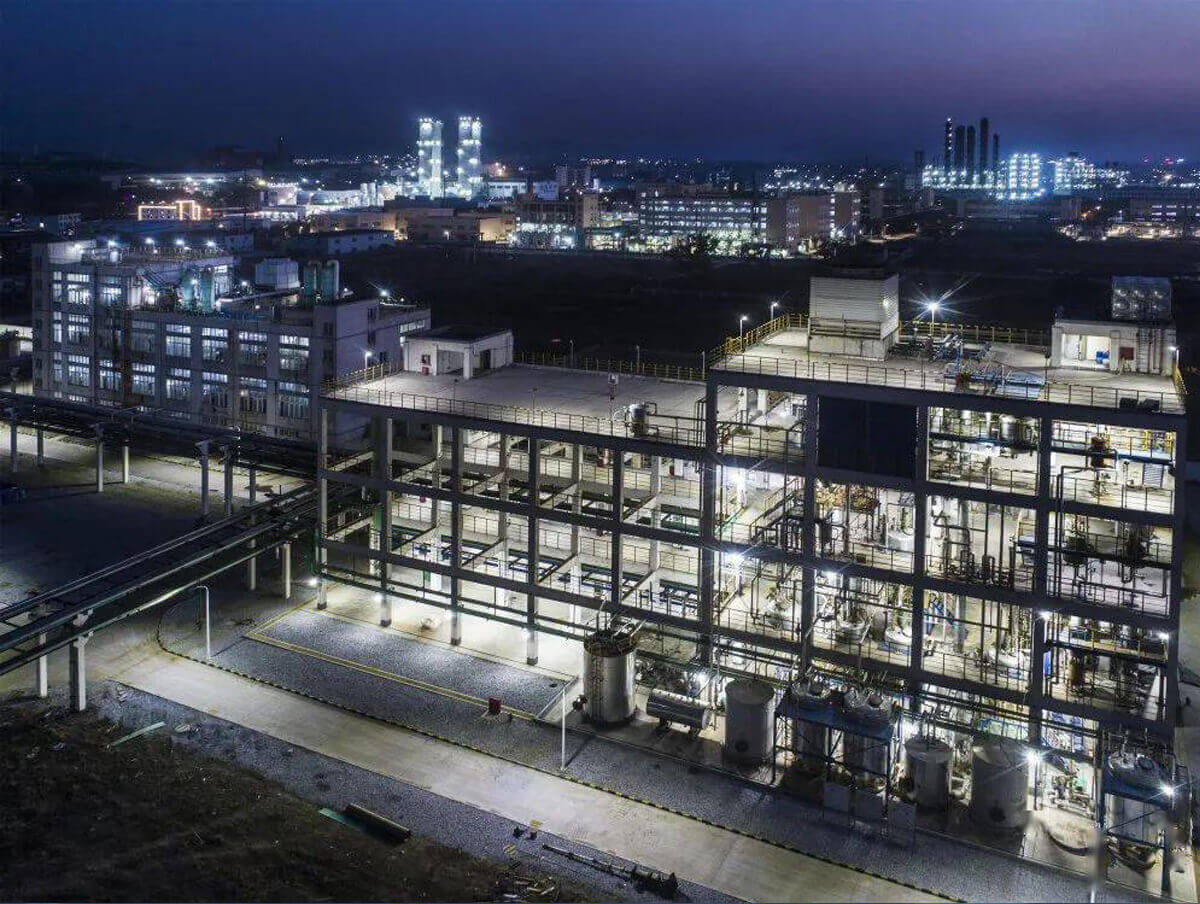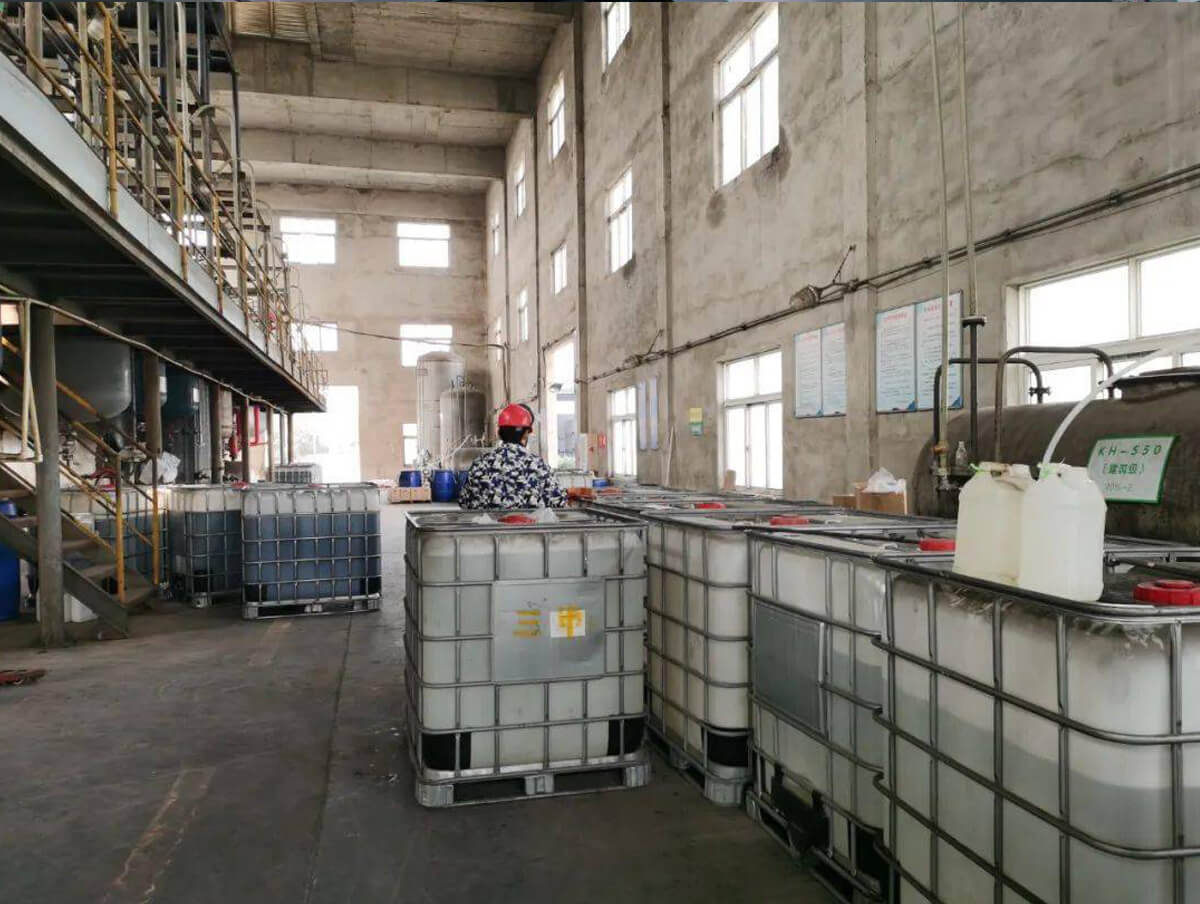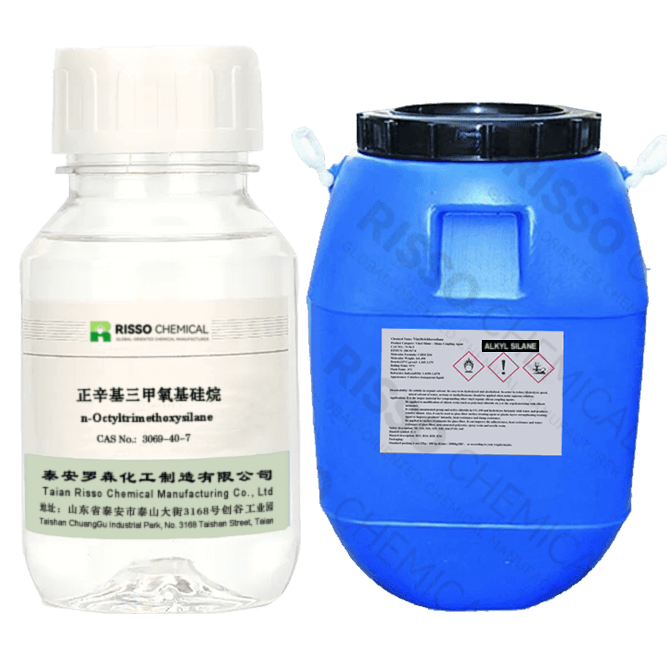
n-Octyltrimethoxysilane
| Chemical Name: | n-Octyltriethoxysilane |
| Alias: | Trimethoxyoctylsilane |
| Product Category: | Alkylsilane – Silanes |
| Structural Formula: |  |
| CAS No.: | 3069-40-7 |
| EINECS: | 221-338-7 |
| Molecular Formula: | C11H26O3Si |
| Molecular Weight: | 234.408 |
n-Octyltrimethoxysilane Description
n-Octyltrimethoxysilane(CAS 3069-40-7) also known as Trimethoxyoctylsilane. It is a transparent colorless oily solution.
Trimethoxyoctylsilane is a monomeric medium-chain alkylfunctional silane additive and surface modifier that may be used in a broad range of applications. Can be used as a surface modifier to generate hydrophobicity (e.g. on concrete, glass, inorganic pigments, or mineral fillers).
CAS 3069-40-7 silane exhibits hydrophobicity on substrates and forms weather- and moisture-resistant bonds to substrates.
Trimethoxyoctylsilane is a monomeric medium-chain alkylfunctional silane additive and surface modifier that may be used in a broad range of applications. Can be used as a surface modifier to generate hydrophobicity (e.g. on concrete, glass, inorganic pigments, or mineral fillers).
CAS 3069-40-7 silane exhibits hydrophobicity on substrates and forms weather- and moisture-resistant bonds to substrates.
| Alias | Trimethoxyoctylsilane |
| Boiling point | 75 ℃ |
| Density | 0.907 g/cm³ |
| Appearance | colorless transparent liquid |
| Safety description | S23; S24/25 |
| Hazard statement | R36/38 |
| Refractive Index (nD20) | 1.4160-1.4180 |
| Flash Point | 68°C |
| Dissolvability | Soluble in aromatic, aliphatic hydrocarbons, alcohols, mineral oil and other organic solvents. It is easy to be hydrolyzed under the affect of water. |
| Hazardous |
|
| Transportation & Safety info |
|
| Packaging |
|
| Sample |
|
| Inventory items |
|
| Price |
|
Packaging Specifications


Jessica G.
Get in touch to Get
- Quick and helpful reply within 8 hours;
- Tailored solutions provided for your project;
- One-stop purchasing service.
n-Octyltrimethoxysilane: Guide
N-Octyltrimethoxysilane (CAS 3069-40-7), It is an important additive for many applications. Examples are:
Trimethoxyoctylsilane can be used as a surface modifier to generate hydrophobicity (e. G. On concrete, glass, inorganic pigments, or mineral fillers). The medium-chain alkyl functionality results in unique compound properties when Trimethoxyoctylsilane treated minerals or pigments are incorporated into polymers, e. G. Polyethylene or polypropylene. Loading levels of 0.5 to 1.5% wt.
CAS 3069-40-7 silane based on the weight of fillers or pigments are typically recommended.It can also be used to improve the compatibility of mineral fillers or pigments in polyolefins or to ease their dispersion in nonpolar matrices.
CAS 3069-40-7 silane is a small molecule to allow for deep penetration into the cementitious surface. This material reacts with moisture in the air and in the substrate in the presence of an alkaline or acidic environment to produce hydroxy groups. These hydroxy groups will bond with the substrate and itself to produce a hydrophobic treatment that inhibits water absorption into the substrate. An alkaline environment, such as new concrete, will catalyze the reaction and speed the formation of the hydrophobic surface.
CAS 3069-40-7 silane based on the weight of fillers or pigments are typically recommended.It can also be used to improve the compatibility of mineral fillers or pigments in polyolefins or to ease their dispersion in nonpolar matrices.
CAS 3069-40-7 silane is a small molecule to allow for deep penetration into the cementitious surface. This material reacts with moisture in the air and in the substrate in the presence of an alkaline or acidic environment to produce hydroxy groups. These hydroxy groups will bond with the substrate and itself to produce a hydrophobic treatment that inhibits water absorption into the substrate. An alkaline environment, such as new concrete, will catalyze the reaction and speed the formation of the hydrophobic surface.



